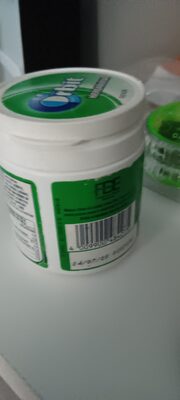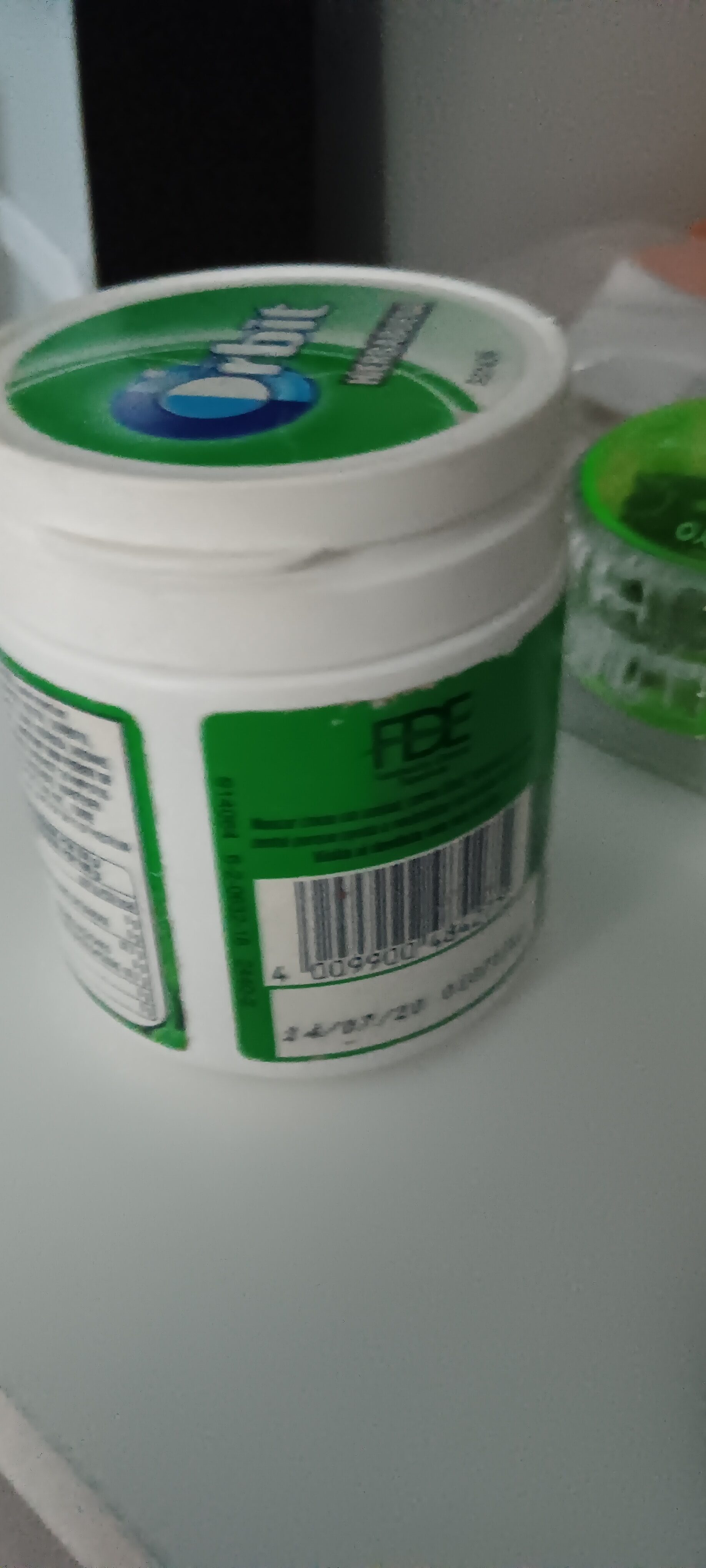Chicles de hierbabuena sin azúcar - Wrigley's - 84 g
Aquesta pàgina del producte no està completa. Podeu ajudar a completar-la editant-la i afegint-hi més dades a partir de les fotos ja disponibles, o fent-ne més amb l'aplicació de androide o iPhone / iPad. Gràcies!
×
Codi de barres: 4009900484275 (EAN / EAN-13)
Quantitat: 84 g
Marques: Wrigley's
Categories: Snacks, Aperitius dolços, Llaminadures, Xiclets, en:Sugar-free chewing gum
Etiquetes, certificacions, premis: Conté una font de fenilalanina
Enllaç a la pàgina del producte en el lloc oficial del productor: mercadona
Botigues: Mercadona
Matching with your preferences
Report a problem
Fonts de dades
Producte afegit per openfoodfacts-contributors
Última modificació de la pàgina del producte per hugito.
La pàgina del producte, també editada per acuario, aurelia02, charlesnepote, ianvatega, inf, jbarcelona, kiliweb, moon-rabbit, musarana, rascayu123, scanbot, segundo, thaialagata, yuka.R0sxWUxid2cvc3NBc3ZZNjR4T001dkJSNk1PREFFYWFHZlV5SVE9PQ, yuka.R0tjTUFxZ2grTVlrZ3ZFM3hqK0l5L0I3NmIrVFluaStBZTR2SVE9PQ, yuka.V2ZwZUsvaGJodElNbWNjVi96YnkydWxieExueFZqMlpKdmM4SVE9PQ, yuka.Vi84Yk9xSUx1Y2M3bjhBNitFbk95dnQ1K1p5cVdqcStLOEFBSVE9PQ, yuka.sY2b0xO6T85zoF3NwEKvlmlBT4P_rD_GbiLTlVyW-oaJFb_oPddwudT_a6o, yuka.sY2b0xO6T85zoF3NwEKvlmlICYaAuyjfGiDvnXa3xIekK5r5UYkiwpXjEas, yukafix.











